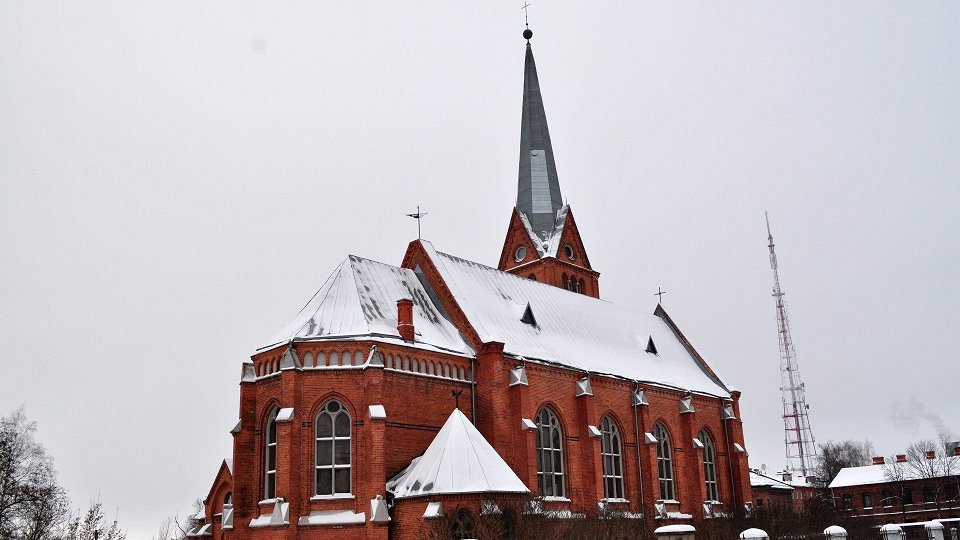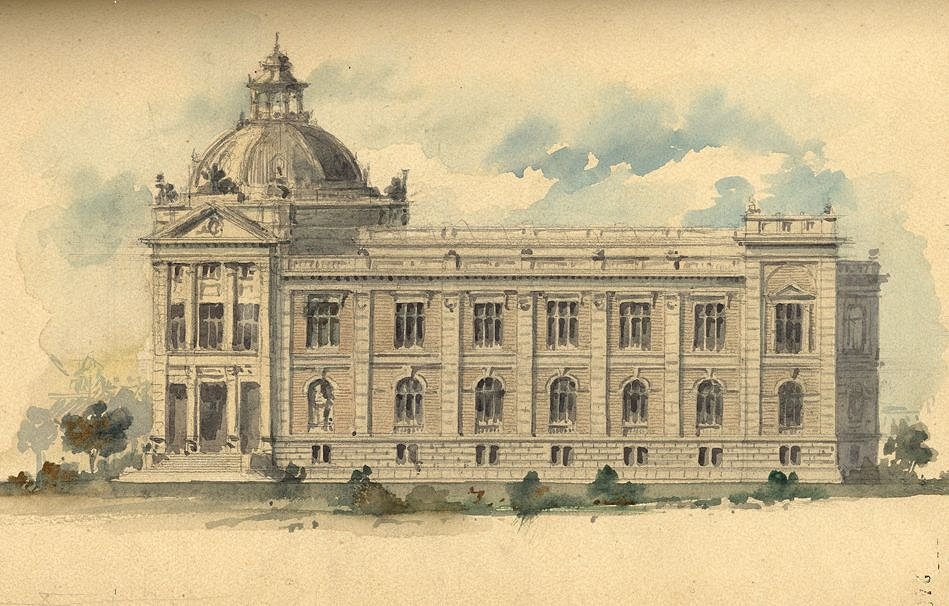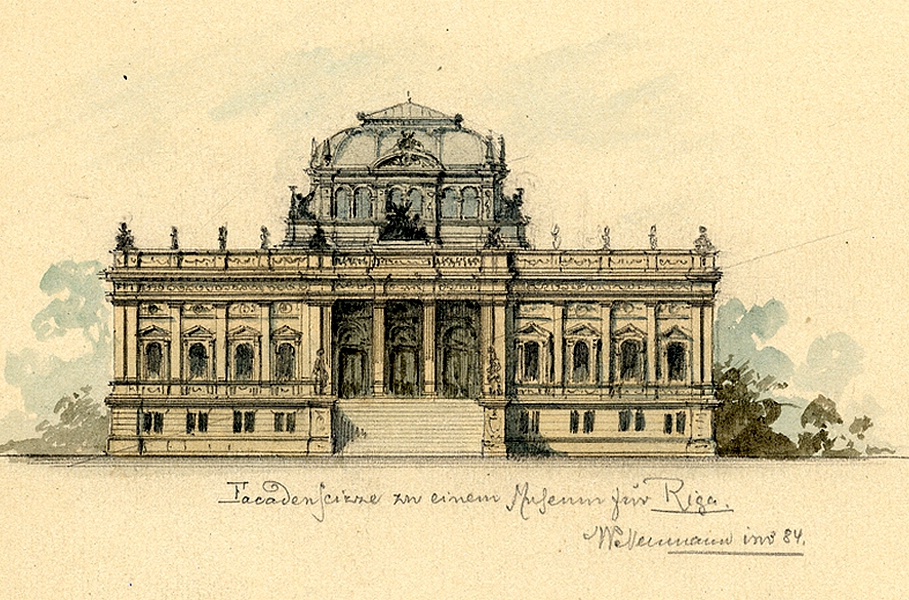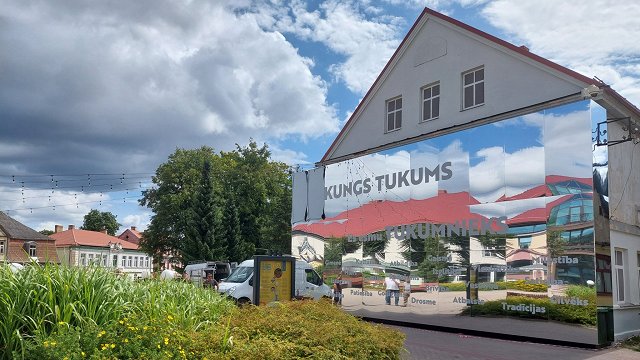By the time Wilhelm Neumann had acquired an official construction permit of the Russian Empire in 1895, he had an illustrious career behind him as the Daugavpils City Architect. Numerous buildings had been made after his designs there, in the largest city in the Latgale cultural region. The old railway station, the city hospital and court all bear his signature. The city’s features have been influenced by his red brick architecture, as attested impressively by the restrained neo-gothic Martin Luther Cathedral at Baznīckalns.
For more than thirty years, Neumann lived and worked in Daugavpils, but his ancestry is to be traced elsewhere. He was born in 1849 in the town of Grevesmühlen in Mecklenburg, Germany. In his early years, Wilhelm’s family moved to Krustpils in the Vidzeme cultural region. The reasons for this are unclear. He started working at the early age of fifteen, becoming an engineer apprentice at the Rīga–Daugavpils railway office that was building a section of the Rīga–Vitebsk railway at the time. His boss and educator was the well-known German architect Paul Max Bertschy (1840-1911).
Bertschy was the one to awaken the young Neumann’s interest in art and architecture. Neumann went on to study in Rīga, St. Petersburg and his native Germany, where he became a colleague and close friend of the famous art and architecture historian Wilhelm Lübke (1826-1893). Lübke urged the young engineer to apply himself to the less-researched history of Baltic art. His many publications, such as the Lexikon baltischer Künstler (An encyclopedia of Baltic artists, 1908) are even now considered to be works of fundamental standing, making Neumann the “founder of Baltic art history”.

After staying in Germany and travelling across Europe Neumann returned to Daugavpils where he started working as the city architect. He wanted to bring in a breath of fresh air into the construction practices of the time, which he criticized as insufficiently overseen by the authorities. But his attempts at reformation were not successful. Ever curious, Neumann devoted himself fervently to research and wrote countless scientific books and papers on the history of European art from the Middle Ages to the early modern period. He received a doctor’s degree from Leipzig University at the age of 42.
The unceasing art historian continued his practical activities in architecture. After passing the architecture exam at the St. Petersburg Academy, he moved to Rīga at the age of 46. He was the initiator of a new approach to restoring historical buildings, such as the Rīga Cathedral, preserving the old according to modern standards. Considered a simple man, he also gave considerable contributions to monument maintenance. A total of 47 objects Neumann created in Rīga and across the Baltics testify to his stylistically diverse creative activities. This includes castles and manors, public and domestic buildings as well as schools and sacral architecture.

Nowadays, Neumann is considered to be one of the most renowned persons in Latvian cultural history. Without a doubt, his most significant work is the Rīga City Art Museum (now the Latvian National Museum of Art), which was the Baltics’ first museum built for the purpose. Initially, however, the building, the interior of which Neumann had planned as well, was not to the taste of his contemporaries. The monumental building on Krišjāņa Valdemāra street was not considered modern. It was unveiled in 1905 after just two years of construction, and Neumann assumed the role of director. He was dismissed from this post by the Bolsheviks, shortly before his death in 1919.
The German Traces series was first published as part of the Goethe Institut in Rīga project “German Footprints in Latvia” ("Vācu pēdas Latvijā" www.goethe.de/vacu-pedas). The linked mobile application "German Footprints in Latvia" can be downloaded at www.ej.uz/vp-iOS and www.ej.uz/vp-Android.


























